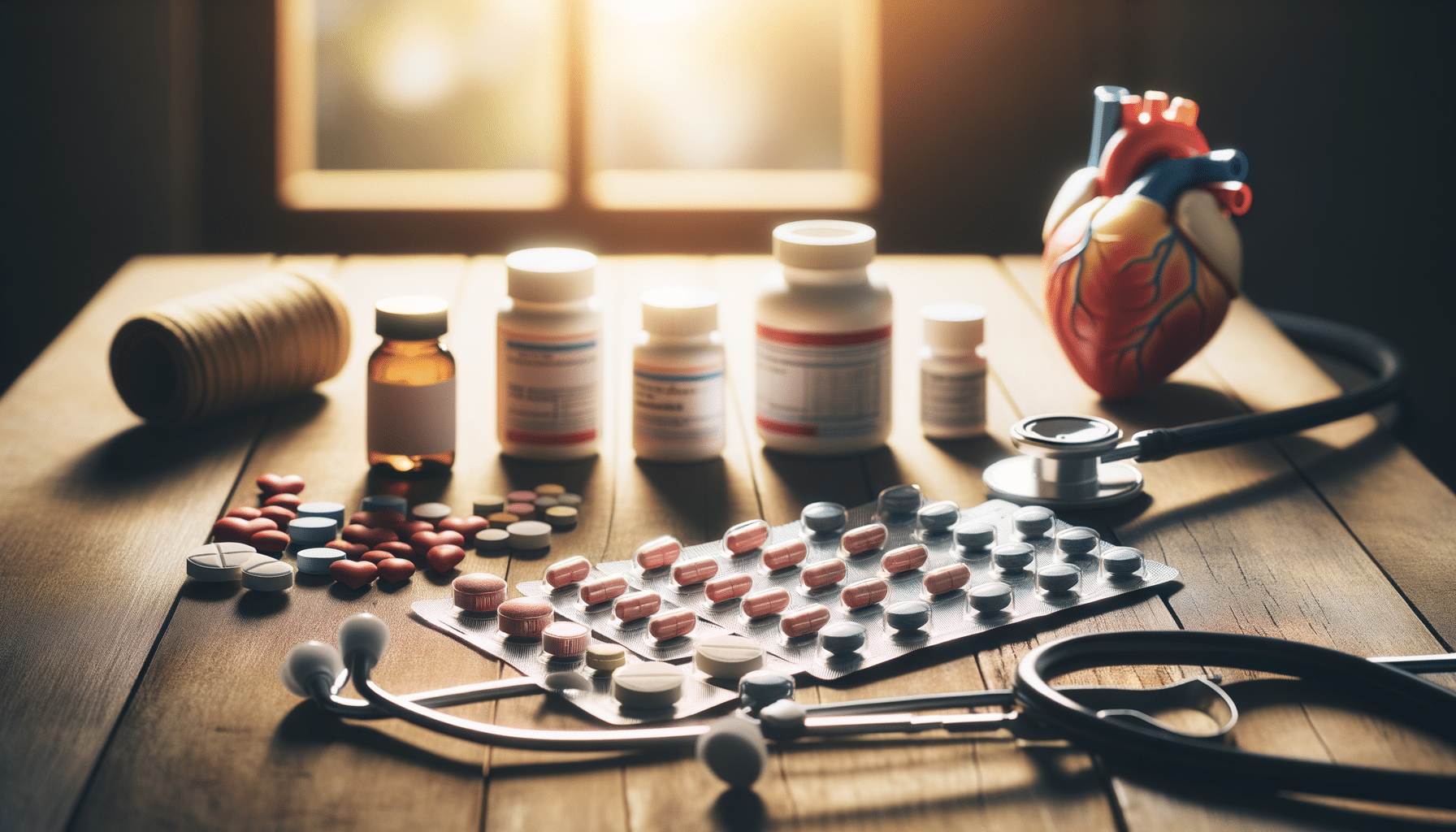
Understanding the Early Signs of Stroke: What You Should Know
Introduction to Stroke Awareness
In the world of medical emergencies, strokes stand out as particularly urgent. Recognizing the early signs of a stroke can significantly improve outcomes and save lives. Time is of the essence when it comes to treating strokes, making it crucial for everyone to be aware of the symptoms and the immediate actions required. This article delves into the early indicators of stroke, offering insights into how these signs manifest and why quick intervention is vital.
Understanding What a Stroke Is
A stroke occurs when the blood supply to part of the brain is interrupted or reduced, preventing brain tissue from getting oxygen and nutrients. Within minutes, brain cells begin to die. There are two primary types of strokes: ischemic and hemorrhagic. Ischemic strokes, which are the most common, happen when the brain’s blood vessels become narrowed or blocked, often due to blood clots. Hemorrhagic strokes occur when a blood vessel in the brain leaks or ruptures.
Understanding these types helps in recognizing the symptoms and acting accordingly. For instance, ischemic strokes might present with more subtle symptoms compared to the sudden and severe headaches associated with hemorrhagic strokes. Knowing these differences allows for a more informed response when symptoms arise.
Identifying the Early Signs of Stroke
The early signs of stroke can be remembered with the acronym FAST, which stands for Face drooping, Arm weakness, Speech difficulties, and Time to call emergency services. These symptoms are crucial indicators that a stroke might be occurring:
- Face Drooping: One side of the face droops or feels numb. Ask the person to smile to check for asymmetry.
- Arm Weakness: One arm feels weak or numb. Ask the person to raise both arms and see if one drifts downward.
- Speech Difficulties: Speech may be slurred or difficult to understand. Ask the person to repeat a simple sentence to check clarity.
Recognizing these signs quickly can lead to faster medical intervention, which is crucial in reducing the risk of long-term damage.
Why Quick Response Matters
The importance of responding quickly to stroke symptoms cannot be overstated. The sooner a person receives treatment, the better their chances of recovery. Treatments are most effective when administered within the first three hours after symptoms appear. Rapid response can minimize brain damage and improve the likelihood of a full recovery.
Emergency medical teams can administer clot-busting drugs to dissolve clots in ischemic strokes or perform surgical interventions for hemorrhagic strokes. In some cases, advanced imaging techniques can help determine the best course of action.
Prevention and Lifestyle Considerations
Preventing strokes involves managing risk factors such as high blood pressure, diabetes, and high cholesterol. Lifestyle changes can significantly reduce the risk of stroke. Here are some preventive measures:
- Maintain a healthy diet rich in fruits, vegetables, and whole grains.
- Engage in regular physical activity to maintain a healthy weight and reduce stress.
- Avoid smoking and limit alcohol consumption.
Regular check-ups with healthcare providers can help monitor and manage these risk factors effectively.
Conclusion: Taking Action Saves Lives
Understanding the early signs of a stroke and knowing how to respond can make a critical difference. Quick action not only saves lives but also enhances the quality of recovery for stroke survivors. By spreading awareness and taking preventive measures, we can reduce the incidence and impact of strokes in our communities.


